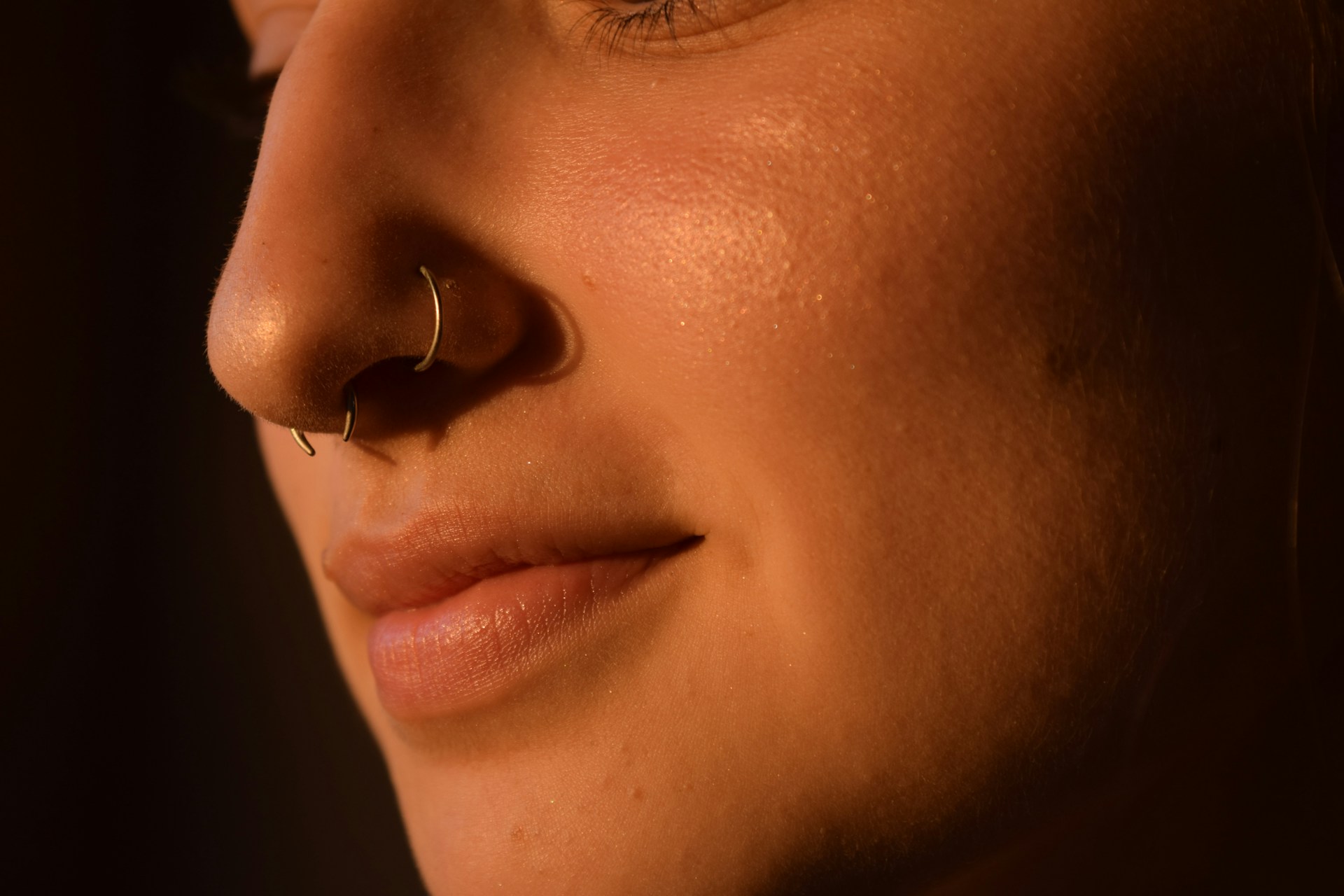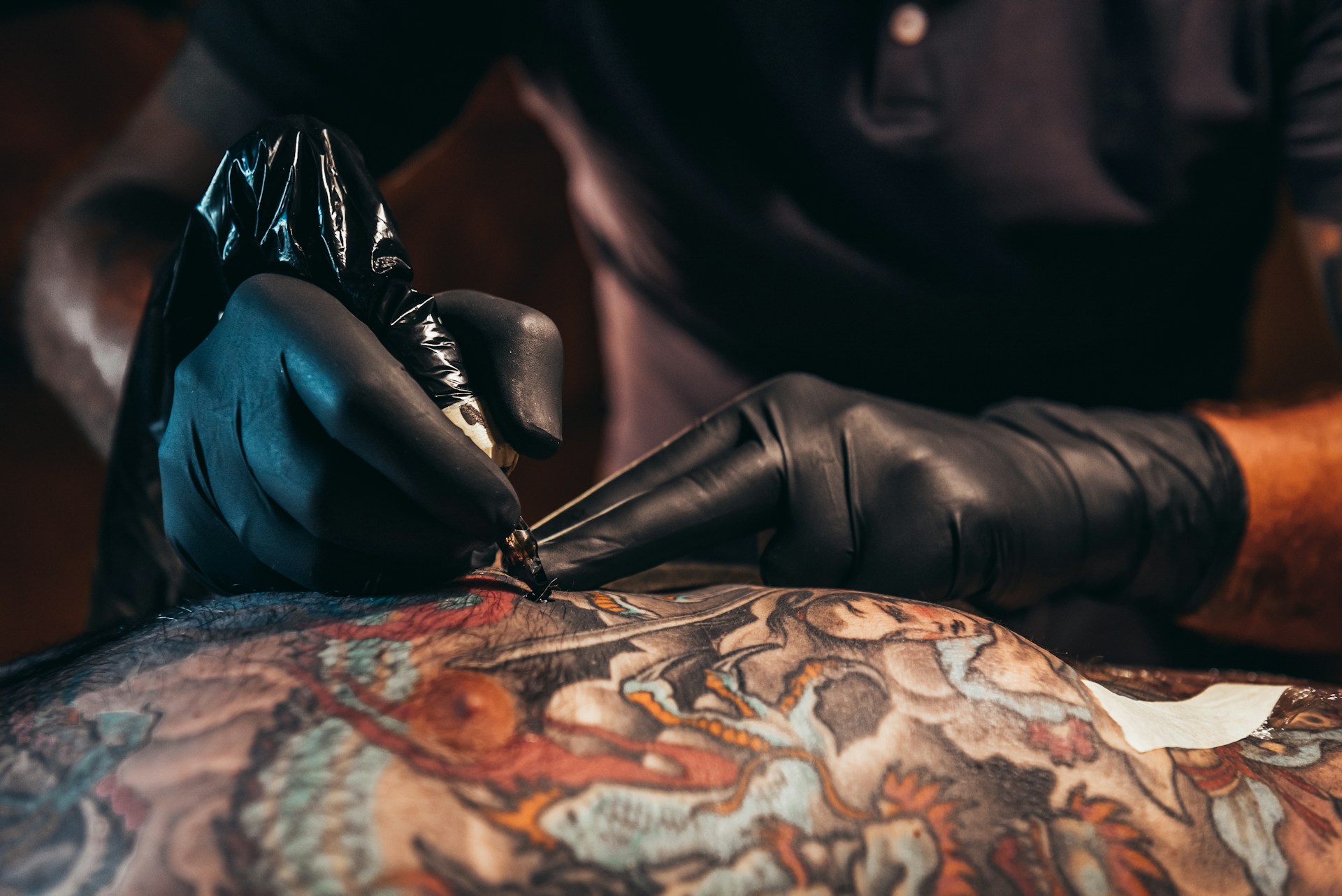A pivotal part of your tattoo journey is the moment when you walk out of the tattoo studio with your fresh masterpiece, eager to showcase your new body art to the world. While it is undoubtedly a time for excitement and pride in your unique artistic expression, post-tattoo care should be prioritized to guarantee the beauty and longevity of your inked creation.
The aftercare process is vital, as it not only ensures the preservation of your tattoo’s vibrancy and detail but also allows your skin to heal properly. As experienced artists, we recognize the importance of comprehensive and effective aftercare, and we take pride in our commitment to guiding and advising our clients through this crucial phase of the tattoo journey.
As 2024 unfolds and more individuals embrace the world of tattoo artistry, the need for adequate education in tattoo aftercare remains a priority. Equipped with expert advice, proper post-tattoo care methods, and an understanding of potential pitfalls, you can confidently navigate the healing process and enjoy your new body art for years to come.
In this comprehensive guide, we will explore the essential tips and best practices for tattoo aftercare, covering key aspects such as cleansing, moisturizing, and protecting your tattoo from environmental factors. With the guidance of our skilled and knowledgeable artists, embark on a seamless and successful path to preserving the beauty, integrity, and longevity of your cherished tattoo masterpiece.
Aftercare Essentials: Tips for Preserving the Beauty and Longevity of Your Tattoo
Embracing your new tattoo goes hand in hand with a commitment to proper care and attention during the healing process. By understanding the fundamental aspects of tattoo aftercare, you ensure the lasting vibrancy of your body art while promoting smooth, healthy healing. Here, we break down the essential steps and expert tips for maintaining your tattoo’s beauty and longevity.
Step One: Keeping Your Tattoo Clean and Free From Infection
1. Initial Tattoo Bandaging
Upon completion of your tattoo, our artists will carefully apply a protective bandage that should remain in place for the first few hours following your session. This initial bandaging protects your new tattoo from potential contaminants and aids in the healing process. Be sure to remove the bandage within the time frame advised by our artists to avoid excess moisture buildup or prolonged exposure to bacteria.
2. Gentle Cleansing
After carefully removing the bandage, it’s essential to use a mild, fragrance-free soap and lukewarm water to gently rinse and cleanse the tattooed skin. Be sure to use only your fingertips during this process, as scrubbing or exfoliating can cause irritation. Cleanse the area two to three times per day during the initial week, ensuring that all traces of soap are thoroughly rinsed off.
Step Two: Proper Moisturization and Hydration for Optimal Healing
1. Choosing the Right Tattoo Aftercare Ointment
Maintaining appropriate levels of moisture is crucial for your tattoo’s healing process and preserving its appearance over time. We recommend using a specialized tattoo aftercare ointment, such as fragrance-free aquaphor or cocoa butter, that nourishes and hydrates your skin while promoting healthy healing.
2. Application and Frequency
Gently apply a thin layer of your chosen aftercare ointment with clean fingertips, ensuring not to oversaturate the skin. It’s essential to strike a balance between keeping the tattoo well-moisturized and avoiding excessive moisture that could hinder the healing process. Reapply the ointment as needed, aiming for two to three times per day.
Step Three: Sun Protection, Tattoo Longevity, and Environmental Factors
1. Sun Protection and Exposure
To maintain the longevity and vibrancy of your tattoo, sun protection is crucial. Excessive sun exposure can result in the fading and distortion of your body art over time. During the initial healing phase, when your skin is its most vulnerable, avoid direct sunlight. Once healed, always apply a high-SPF sunblock to your tattoo before venturing outdoors.
2. Preventing Infection and Recognizing Signs of Concern
Protection from infection is essential for a successful healing process. Avoid exposing your tattoo to potential contaminants such as swimming pools, hot tubs, or dirty environments during the first two weeks. Keep an eye out for signs of infection, such as excessive redness, swelling, or pus. Consult with our artists or a medical professional if you encounter any concerns or issues.
Step Four: Avoiding Common Mistakes and Achieving a Smooth Healing Process
1. Avoiding Scabbing and Itching
As your tattoo heals, it may initially scab or become itchy. It’s essential to avoid the urge to scratch, pick, or peel any scabs that may form. Doing so can lead to loss of ink or scar tissue and impact the final appearance of your tattoo.
2. Recognizing the Stages of Healing
Understanding the stages of the tattoo healing process can help you gauge your progress and prevent any setbacks. In general, healing occurs in the following order: initial inflammation, scabbing and itching, peeling, and, finally, complete healing and settling. Every individual heals differently, so patience and commitment to proper aftercare are key factors for success.
Embrace Your New Tattoo with Confidence and Expert Care
As you journey through the world of tattoo art and self-expression, remember that proper aftercare is essential for the longevity, beauty, and overall health of your body art. Armed with the knowledge and tips shared in this guide, you are well-prepared to navigate the healing process and embrace your tattoo with confidence.
Connect with our dedicated team of artists at Lucky Deville Tattoo Co today, and let us support and guide you through every stage of your tattoo journey, from the initial design consultation to mastering the art of tattoo aftercare.



